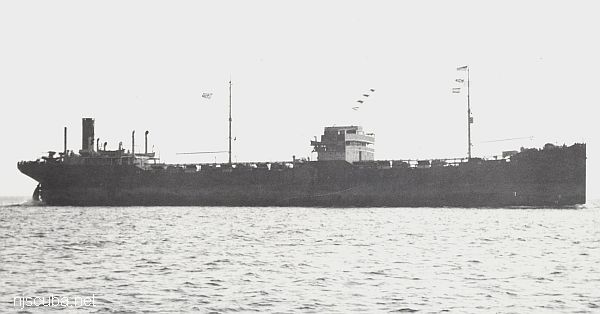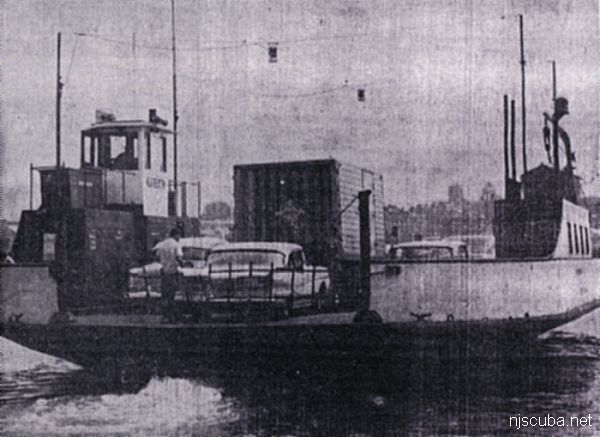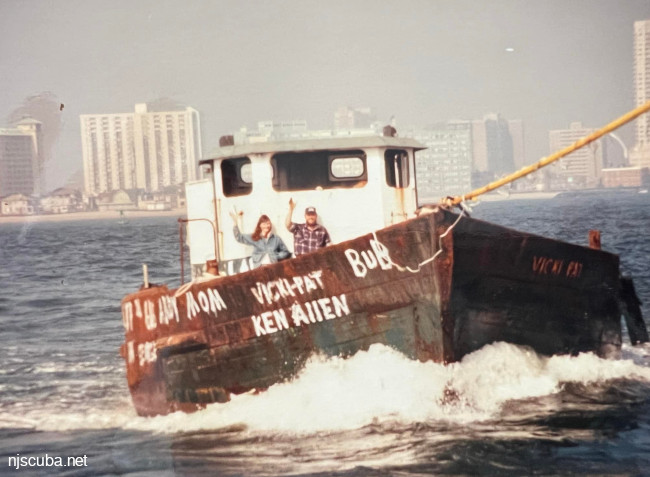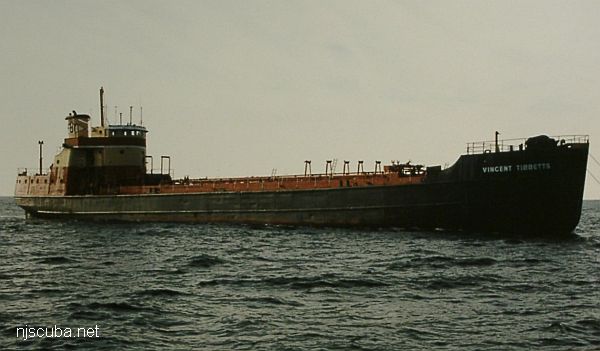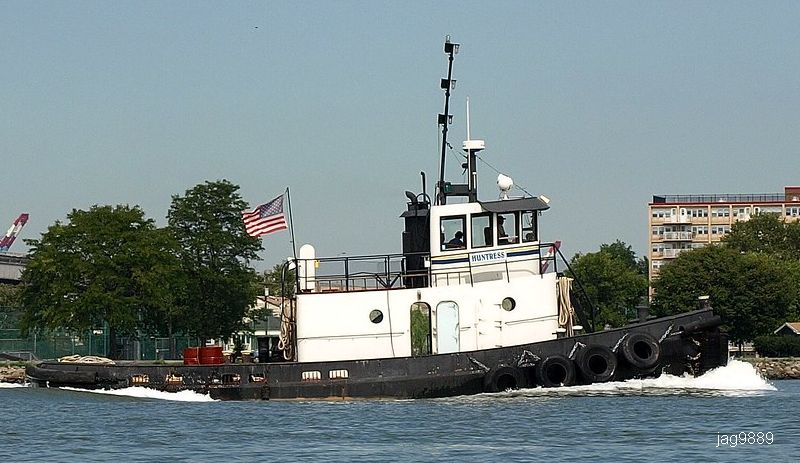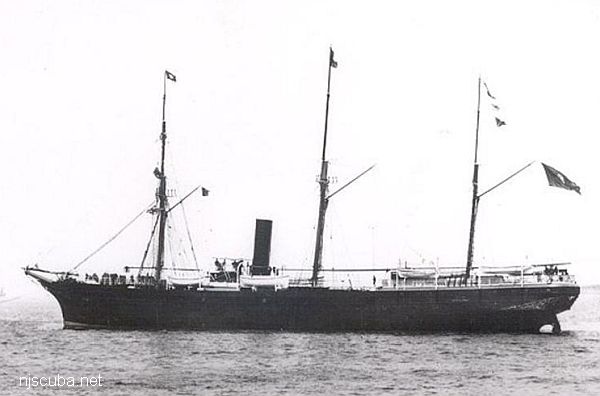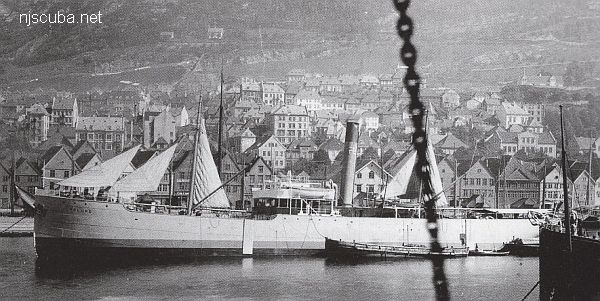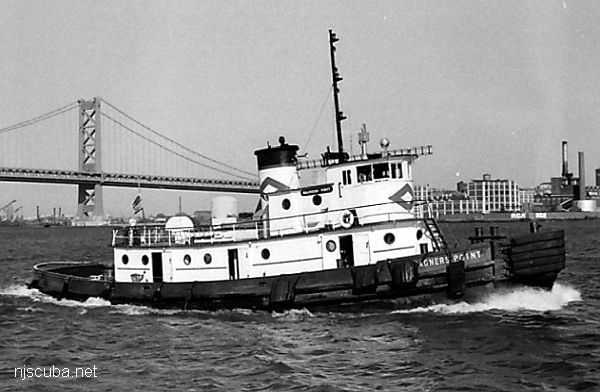Human lungs are designed to extract the oxygen we need from air - a mixture of roughly 21% oxygen and 79% nitrogen, at a pressure of one atmosphere ( about 14.7 psia.) As you dive deeper and longer while breathing air, the increased pressure causes ever-greater amounts of both gases to dissolve in your blood and tissues. One would expect that eventually, such elevated concentrations would become troublesome, and indeed that is the case. As it turns out, nitrogen, with its greater concentration in the air, is the first gas to become a problem during a dive to recreational depths ( <130 ft. )
This problem is that of "off-gassing", or decreasing the concentration of dissolved nitrogen in the body at a rate that does not cause bubbles of the gas to form in the tissues and blood, the condition commonly known as the bends. One way to delay the onset of this problem is to decrease the concentration of nitrogen in the breathing gas, and the easiest way to do this is simply by increasing the concentration of oxygen. The resulting mixture is typically known as Enriched Air Nitrox and has become a staple in the diving community.
More: Nitrox and Air ...
